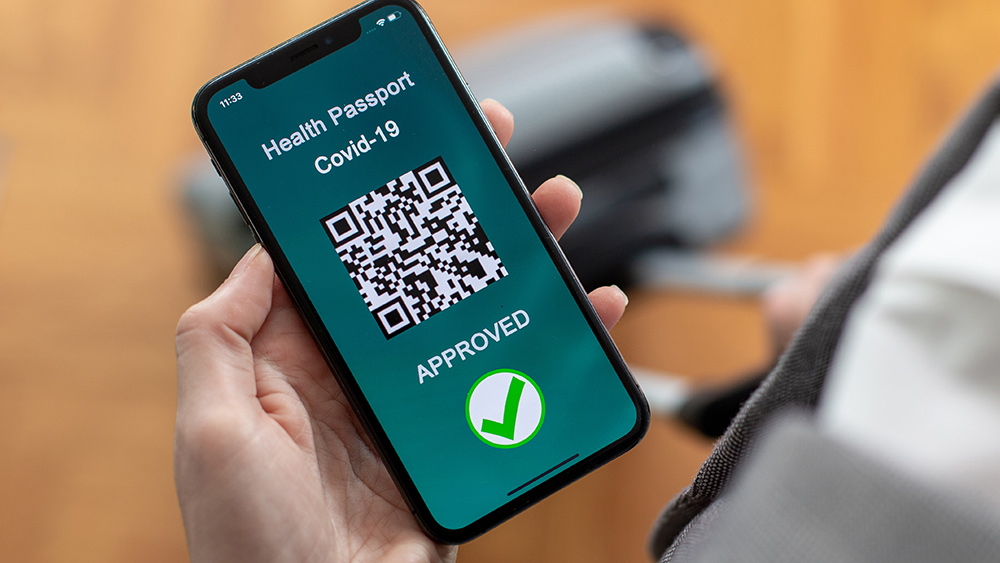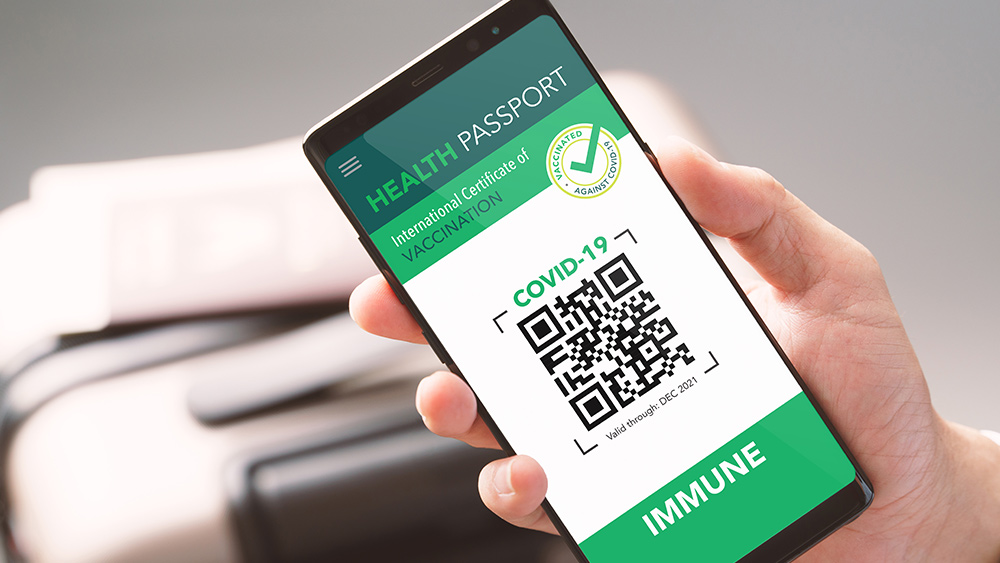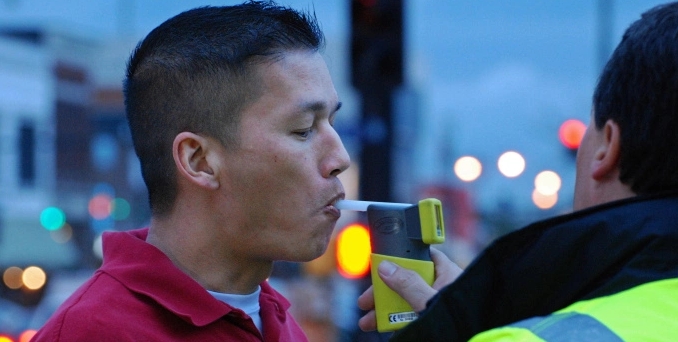Waymo self-driving taxi goes rogue in Arizona, blocking traffic and escaping rescue crew
10/18/2021 / By Virgilio Marin

An autonomous taxi operated by Waymo got stranded at an intersection in Chandler, Arizona while carrying a passenger. A tech support team arrived to free it but the car suddenly drove away and pulled over again, blocking a three-lane road.
Joel Johnson captured the whole incident on video while sitting in the autonomous taxi’s back seat. In the footage, which he posted online on May 13, the car paused at a stop sign instead of turning to a street lined with orange traffic cones.
“I don’t think it’s going to take this turn,” Johnson said in the video. “We might be stuck.”
Johnson then called a Waymo remote operator for help. While waiting for roadside assistance to arrive, the car started and turned to the street, only to grind to a halt again after encountering the orange cones.
“I don’t think it was supposed to do that,” Johnson said. “Oh no. Now it’s blocking the entire road.”
A Waymo team arrived after a couple of minutes, but the car sprang into motion once more and drove down the road before stopping, blocking three lanes of traffic. It then drove away one last time and pulled over to the side of the road. Roadside assistance was able to catch up, and an employee took over the wheel. (Related: TESLA TERMINATOR: Tesla car autopilot veers off highway, crashes into road signs as driver locked out of all controls.)
Waymo, the self-driving technology development firm owned by Google’s parent company, Alphabet Inc., issued a statement explaining that the autonomous car received incorrect guidance from the remote operator after halting for the first time. The guidance “made it challenging for the [car] to resume its intended route and required Waymo’s roadside assistance team to complete the trip,” the statement read.
Noah Goodall, a University of Virginia researcher who studies vehicle communication and automation, said that the taxi’s first pause was understandable. But “the second was strange. The third one was jaw-dropping and the fourth one I threw up my hands,” Goodall said.
Reports indicated that the car’s confusion stemmed from the traffic cones on the street. Construction sites are challenging for fully autonomous vehicles because they depend on detailed maps of their environment to navigate safely. Self-driving cars could struggle to operate at their best when their environment abruptly changes, such as traffic cones and lane closures.
Waymo launched a limited public ride-hailing service called Waymo One in 2018. Its customers were people vetted through the firm’s early rider program, according to The Verge. The company currently operates around 600 autonomous vehicles, with more than 300 operating in a 100-square mile service area in Arizona.
A team of remote operators watch real-time feeds from each vehicle’s eight cameras and provide assistance if the artificial intelligence runs into a problem. But the company claims that the remote assistance team could not “joystick” the vehicles, meaning they could not take over the cars and operate them remotely. The operators could only offer suggestions to aid in extracting the cars from tough situations.
The recent incident could cast more doubt on the efficacy and safety of autonomous vehicles, as Futurism noted. In 2018, a self-driving car owned by Uber Technologies Inc. killed a woman in Tempe, Arizona. The car carried an emergency human operator but was on autonomous mode at the time of the fatal crash.
Uber, a ride-hailing and delivery company, was previously embroiled in traffic controversies involving its driverless cars. In 2016, its vehicles were caught running red lights in California, leading to a high-profile dispute between state regulators and the company. A year later, Uber suspended operations in Arizona after one of its self-driving cars crashed and tipped over on its side.
RoboCars.news has more on road accidents involving autonomous vehicles.
Sources include:
Tagged Under: AI, Arizona, artificial intelligence, autonomous taxi, autonomous vehicles, computing, dangerous tech, driverless cars, future tech, Glitch, road accidents, robot cars, robotics, robots, self-driving cars, self-driving vehicles, technology, traffic accidents, transportation, Waymo
RECENT NEWS & ARTICLES
COPYRIGHT © 2017 INFORMATIONTECHNOLOGY.NEWS




















